A reliable lawn mower is essential to maintaining a beautiful lawn, but even the best equipment isn’t completely immune to problems. To make lawn care efficient, knowing how to deal with lawn mower problems is important from starting issues to poor cut quality. With this comprehensive guide, you will learn how to deal with the most common lawn mower problems, as well as how to troubleshoot lawn mower problems, how to correctly perform routine lawn mower maintenance, and when to call a professional.
Importance of Troubleshooting Lawn Mower Problems
A broken lawn mower can wreak havoc on your yard care schedule and cause expensive repairs if left unattended. An important skill to know is how to diagnose and fix common lawn mower issues so that you save both time and money.
Key Benefits of Troubleshooting
Cost Savings: Repairs can be expensive. Addressing minor issues early prevents them from escalating.
Improved Performance: Regular lawn mower maintenance ensures smoother operation and better mowing results.
Prolonged Equipment Life: Proper troubleshooting extends the lifespan of critical lawn mower parts, such as the engine, blades, and filters.
Safety Assurance: Identifying problems early reduces the risk of accidents caused by malfunctioning equipment.
By understanding how to repair a lawn mower, you can ensure that your machine operates efficiently for years to come.
Common Lawn Mower Problems and Their Causes
Lawnmowers are complicated machines made up of many parts that work together to achieve the best performance. But when any of these components fail it can cause frustrating lawn mower issues. Below are some of the most common lawn mower problems and their causes, along with practical solutions.
1. Lawnmower Won’t Start or Stay Running
One of the most frustrating lawn mower issues is when the machine refuses to start or stalls during operation. This issue is typically caused by problems with key lawn mower parts:
Causes
Dirty Spark Plug: A fouled or damaged spark plug prevents proper ignition.
Clogged Carburetor: Residue build-up obstructs fuel flow, leading to engine failure.
Old or Contaminated Fuel: Stale gasoline loses its combustibility.
Faulty Air Filter: A clogged air filter restricts airflow, disrupting combustion.
Solutions
Clean or replace the spark plug.
Disassemble and clean the carburetor using a carburetor cleaner.
Replace stale fuel with fresh gasoline and consider using a fuel stabilizer.
Inspect the air filter and replace it if necessary.
This process simplifies lawn mower troubleshooting and resolves lawn mower starting problems efficiently.
2. Lawnmower Vibrates Excessively
Excessive vibration during operation is a common complaint, often linked to unbalanced or damaged lawn mower parts.
Causes
Unbalanced Blade: A bent or improperly installed blade disrupts balance.
Loose Bolts: Vibrations loosen bolts and fasteners over time.
Bent Crankshaft: Striking hard objects like rocks can warp the crankshaft.
Solutions
Sharpen and balance the blades. Replace them if they are bent.
Tighten all bolts and fasteners.
Consult a professional if the crankshaft appears damaged.
Unresolved vibrations can lead to more significant lawn mower engine issues after blade change, making this a critical step.
3. Poor Cut Quality
Uneven or poor mowing results are signs that your lawn mower isn’t performing optimally.
Causes
Dull or Damaged Blades: Blades lose sharpness with repeated use.
Clogged Mower Deck: Grass buildup under the deck affects blade movement.
Deck Misalignment: Uneven deck height causes inconsistent cuts.
Solutions
Sharpen or replace the blades regularly.
Clear the mower deck of grass clippings after each use.
Adjust the deck height to ensure even cutting.
Proper maintenance eliminates common lawn mower issues related to cut quality.
4. Lawnmower Is Smoking
Seeing smoke while mowing can be alarming, but it often points to simple issues.
Causes
Overfilled Oil Reservoir: Excess oil burns off, producing smoke.
Clogged Air Filter: A dirty filter reduces airflow, leading to incomplete combustion.
Damaged Piston Rings: Worn rings allow oil to leak into the combustion chamber.
Solutions
Check the oil level and remove excess oil if necessary.
Clean or replace the air filter.
Seek professional assistance to address piston ring damage.
Regular lawn mower maintenance can prevent smoking issues, ensuring a smooth operation.
5. Lawnmower’s Starter Rope Won’t Pull
A stuck starter rope can prevent the engine from starting, often caused by internal or external obstructions.
Causes
Blade Obstruction: Grass, debris, or foreign objects block blade movement.
Engine Seizure: Lack of lubrication or overheating causes internal parts to seize.
Solutions
Remove debris from the blade and surrounding area.
Check the oil level and ensure proper engine lubrication.
Learn how to repair the pull cord on a lawn mower if it’s damaged.
Addressing these problems simplifies lawn mower troubleshoot steps and restores functionality.
6. Lawnmower Backfires (or Afterfires)
Backfires occur when unburned fuel ignites outside the combustion chamber.
Causes
Carburetor Misadjustment: Incorrect air-fuel mixture triggers backfires.
Dirty Spark Plug: Interrupts the combustion process.
Exhaust Blockage: Restricts the release of exhaust gases.
Solutions
Adjust the carburetor for optimal performance.
Clean or replace the spark plug.
Inspect and clear any blockages in the exhaust system.
Proper adjustments and cleaning prevent recurring lawn mower issues like backfires.
Must-Have Tools for Lawn Mower Troubleshooting
To tackle troubleshooting a lawn mower, you’ll need a reliable set of tools:
Spark Plug Wrench: For cleaning or replacing spark plugs.
Carburetor Cleaner: Essential for clearing blockages.
Socket Set: For loosening or tightening bolts.
Blade Balancer: Ensures balanced blade rotation.
Oil Extractor Pump: Simplifies oil changes.
Air Compressor: For cleaning filters and other components.
Equipping yourself with these tools makes lawn mower repair much easier.
Lawn Mower Troubleshooting Steps
Troubleshooting a lawn mower requires a systematic approach to identify and resolve issues efficiently. By following clear steps, you can pinpoint problems with essential lawn mower parts and implement solutions without unnecessary guesswork. Whether addressing lawn mower starting problems or performance-related concerns, this guide simplifies the process. Below are practical steps for effective lawn mower troubleshooting.
Step 1: Identify the Problem: Begin by observing the symptoms. Ask, “How do you diagnose a lawn mower problem?” Look for signs like smoke, vibrations, or difficulty starting.
Step 2: Inspect the Components: Examine critical lawn mower parts, such as the spark plug, carburetor, blades, and air filter.
Step 3: Apply Targeted Repairs: Based on the inspection, implement specific fixes. For example, clean the carburetor to resolve fuel flow issues or balance the blades to stop vibrations.
Step 4: Test the Equipment: After repairs, test the lawn mower to ensure the problem is resolved.
Lawn Mower Maintenance Tips
Preventative care reduces the likelihood of common lawn mower issues:
Clean the Mower Deck: Prevent grass buildup after every use.
Change the Oil Regularly: Fresh oil reduces engine wear.
Inspect Blades: Sharpen or replace them as needed.
Store Properly: Keep the mower in a dry place to avoid rust and damage.
Schedule Annual Tune-Ups: Regular checkups ensure optimal performance.
Consistent lawn mower maintenance is the key to a trouble-free mowing experience.
When to Call a Professional for Lawn Mower Repairs
While many lawn mower issues can be resolved at home, some require expert attention:
Persistent Engine Problems: Unresolved engine issues may need professional diagnosis.
Bent Crankshaft: Fixing a bent crankshaft is best left to experts.
Damaged Piston Rings: Internal engine repairs require specialized tools and skills.
Knowing when to seek professional help ensures that your mower receives the necessary care without causing further damage.
Are recurring lawn mower problems disrupting your yard maintenance? Equip yourself with the ultimate repair toolbox from WholeToolBox Our collection includes essential lawn mower parts like carburetors, spark plugs, air filters, blades, and pull cords, ensuring you’re prepared for any repair. Designed for durability and compatibility, these tools make troubleshooting a breeze. Whether fixing starting issues or improving performance, we’ve got you covered. Shop now and keep your lawn mower in top condition!
Conclusion
Addressing lawn mower problems doesn’t have to be overwhelming. By understanding how to repair a lawn mower, using the right tools, and performing regular lawn mower maintenance, you can keep your equipment in top condition. For complex issues, don’t hesitate to seek professional assistance. With this guide, you’re equipped to tackle troubleshooting lawn mower problems confidently, ensuring your lawn stays pristine all year round.
FAQs
Why does my lawn mower only run for a few seconds then dies?
This could be due to a clogged carburetor, dirty air filter, or stale fuel disrupting the engine's airflow and fuel delivery. Cleaning or replacing these lawn mower parts can resolve the issue.
What would cause a lawn mower to start but not run?
A clogged carburetor, faulty spark plug, or insufficient fuel flow may cause this. Inspect and clean these components to troubleshoot the problem.
How to clean lawn mower carburetor without removing?
Use a carburetor cleaner spray directly into the air intake or carburetor chamber to dissolve debris. Ensure the engine is off and cooled before cleaning.
How do I know if my lawn mower fuel filter is clogged?
A clogged fuel filter may cause poor engine performance, reduced power, or difficulty starting. Inspect the filter for dirt or discoloration and replace it if necessary.


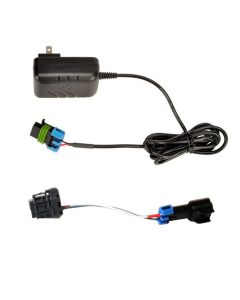
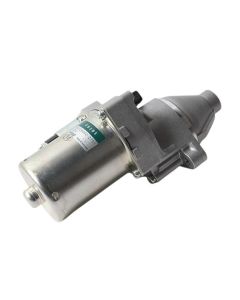
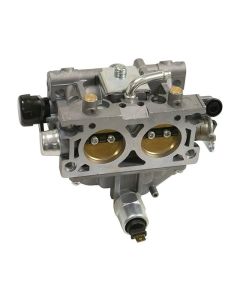
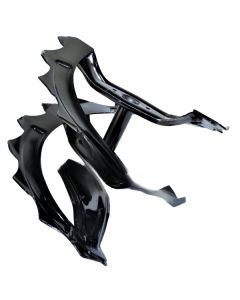
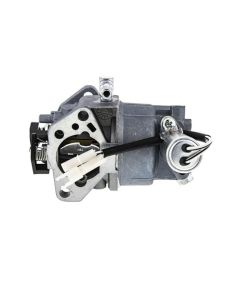

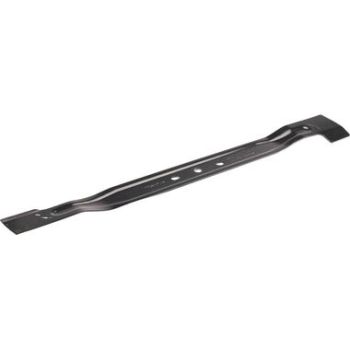
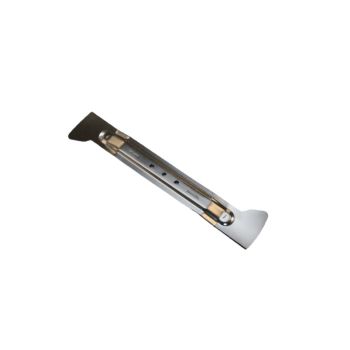
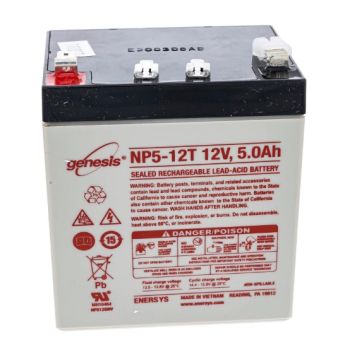
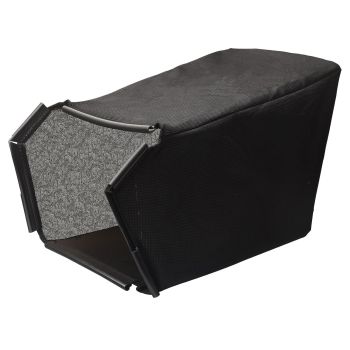
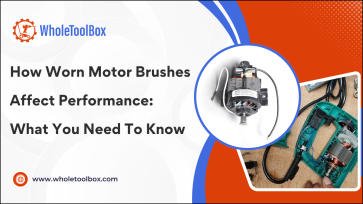




Validate your login